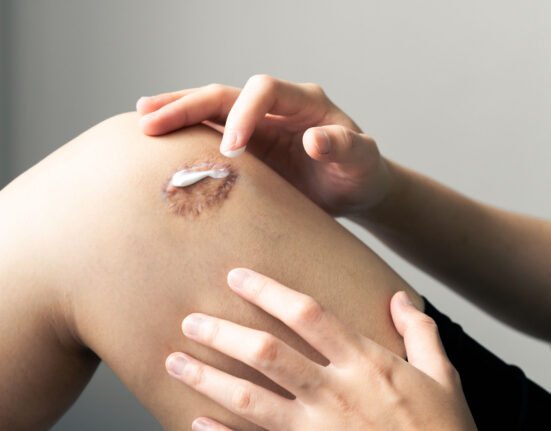In addition to dietary regulation, engaging in regular physical activity represents a cornerstone in the comprehensive management of diabetes.
Exercise plays a dual role by not only lowering blood glucose levels but also enhancing insulin sensitivity, thereby enabling the body to utilize available insulin more efficiently.
Beyond glycemic control, physical activity plays a significant role in cardiovascular health, weight management, musculoskeletal strength, psychological well-being, and overall metabolic function.
These multifaceted benefits make structured and consistent exercise essential for individuals living with either type 1 or type 2 diabetes.
Key Benefits of Exercise in Diabetes Management
- Improved insulin sensitivity: Regular physical activity helps reduce insulin resistance, thereby facilitating better glucose uptake by cells.
- Stabilization of blood glucose levels: Exercise can contribute to reductions in HbA1c levels, reflecting better long-term glycemic control.
- Potential remission in type 2 diabetes: In some instances, sustained lifestyle modifications including exercise may lead to partial or complete remission of type 2 diabetes.
- Cardiovascular protection: Physical activity lowers blood pressure and improves lipid profiles by increasing HDL (high-density lipoprotein) cholesterol.
- Weight control: Maintaining an optimal body weight is critical in diabetes management, and exercise plays a pivotal role in both weight reduction and long-term maintenance.
- Enhanced energy and sleep quality: Improved physical fitness often correlates with reduced fatigue and more restorative sleep.
- Improved musculoskeletal function: Activities that promote flexibility and joint mobility are especially beneficial, particularly for those with limited range of motion.
- Psychological benefits: Exercise stimulates the release of endorphins, which can help reduce stress and promote a sense of well-being.
Recommended Types of Exercise

It is not necessary to engage in high-intensity or competitive sports to gain these benefits. Low- to moderate-impact activities are often more sustainable and safer for individuals with diabetes:
- Walking: A brisk 30-minute walk, five times a week, can significantly reduce both blood glucose and blood pressure.
- Cycling: Ideal for individuals with joint concerns, this activity can be performed on a traditional or stationary bicycle.
- Swimming and water aerobics are joint-friendly exercises that enhance cardiovascular and muscular endurance without overloading the musculoskeletal system.
- Group aerobics (e.g., Zumba): Offers a motivational and enjoyable environment that fosters sustained participation.
Consistency is more impactful than intensity. The key is to incorporate enjoyable activities into daily routines and perform them regularly.
Initiating Exercise Safely
For individuals who are unaccustomed to physical activity, it is advisable to begin gradually and gradually increase intensity and duration over time. Consider the following guidelines:
- Start low and go slow: Initial sessions can be as brief as 10–15 minutes and progressively extended.
- Personal preference matters: Selecting activities that align with one’s interests can increase adherence and long-term success.
- Footwear selection: Wearing appropriate, well-fitting shoes is essential, particularly given the increased risk of foot complications associated with diabetes.
- Incorporate warm-up and cool-down phases: These help prepare the body for exertion and reduce the likelihood of injury.
- Monitor blood glucose levels: For individuals on insulin or other hypoglycemic agents, it is crucial to check glucose levels before and after exercise. Carrying a fast-acting carbohydrate is recommended to manage potential hypoglycemia.
Consultation with a healthcare provider—preferably one experienced in exercise physiology or diabetes care—is advised before initiating any new exercise regimen, particularly for individuals with comorbid conditions or diabetes-related complications.
Through a structured and personalized approach, physical activity can become a powerful tool in the long-term management of diabetes.
References
Freestyle Libre. Accessed in 2025. The Best Exercise for Diabetes.
Healthline. Accessed in 2025. The Best 10 Exercises If You Have Diabetes.














Leave feedback about this